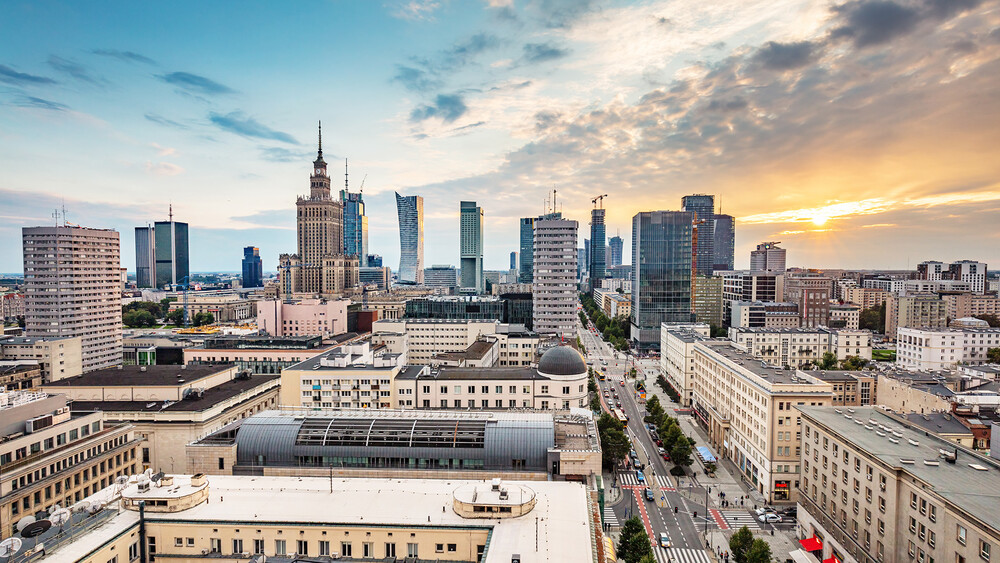Early History of Warsaw
The first mentions of settlement in the area of present-day Warsaw date back to the 9th and 10th centuries, when the settlement of Bródno was located here.
In the 12th century, historical documents mention the town of Jazdów, which was attacked in 1281 by Duke Boleslav II.
After its conquest, he founded a new fishing village and named it Warszowa.
The village gradually developed until it became the capital of Mazovia in 1413. In 1526, it became part of the Polish crown.
Three years later, the Polish Sejm began to convene here.
Under the rule of Sigismund III Vasa, also known as Sigismund of Sweden, Warsaw was honored by the relocation of the entire royal court from Krakow.
Where to Go in Warsaw
Warsaw is located approximately 650 kilometers from Prague. Planning a private or corporate trip to Poland, what should you definitely see in Warsaw?
We have four interesting tips for you.
-
Lazienki Palace and Park
Our first tip is the enchanting, fairy-tale place of Warsaw's largest park. It covers an area of 76 hectares, and in the middle, you will find a picturesque neoclassical palace built on water in 1689.
This place is worth visiting in any season. -
Royal Castle
Not seeing the Royal Castle in Warsaw is like not seeing Hradčany in Prague. It dates back to the late 13th century during the reign of Prince Konrad II.
Today, with its art collections, it is part of the National Museum. -
Palace of Culture and Science
The most iconic modern building in Warsaw is the imposing structure of socialist realism called the Palace of Culture and Science.
At 237 meters, it was until recently the tallest building in Warsaw. Besides museums, this controversial building also has an observation deck located on the thirtieth floor. -
Wilanów Palace
Also known as the "Polish Versailles," it is the summer residence of Polish rulers built in the Baroque style, dating back to 1809.
Around the entire complex is a beautiful French garden. It is one of the most visited places in modern Warsaw.

